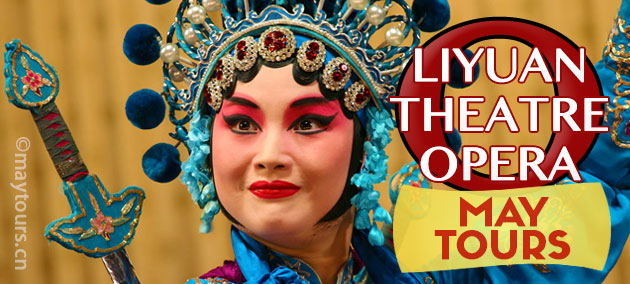

Qing Yi, as the most important role of Dan, refers to a young or middle-aged woman who specializes in singing. Dan is a female role that includes Qing Yi, Lao Dan, Wu Dan, and Hua Dan.

Lao Sheng means the Old Man role, whereas Xiao Sheng is the Young Man role. Sheng is a male role that includes Lao Sheng and Xiao Sheng.

With “virtualization” and “stylization” as its prominent features, Peking Opera has formed four standard categories of roles, different roles possessing apparently different characteristics of voice: Sheng, Dan, Jing, and Chou.

Therefore, it is an embodiment of China's classical culture, reflecting the thoughts, emotions, religions, aesthetic values, and other ideological elements of the Chinese people. Peking Opera, which originated in the 17th century (Qing Dynasty), is the typical representative of China's traditional opera, and is a comprehensive performing art consisting of music, painting, literature, dancing, singing, recitation, acting, etc.
Conclusions and discussions ĭemonstration of main concepts of jingju music and perfomance of one scene from 《四郎探母》 Fourth Son visits his mother by members of the Taiwanese 國光劇團 National Guo-Guang Opera during the ISMIR/WOCMAT 2014 Concert (Taipei's Grand Hotel, October 29, 2014). In this tutorial we give an overview of Jingju music, of the relevant problems that can be studied from an MIR perspective and of the use of specific computational tools for its analysis. The lyrics and scores cannot be taken as authoritative sources, but as transcriptions of particular performances. The role of the performer as a core agent of the music creativity gives jingju music a notable space for improvisation. Being Chinese a tonal language, the intelligibility of the text would require the expression of tonal categories in the melody, what offers an appealing scenario for the research of lyrics-melody relationship. Also the overall rhythmic organization into pre-defined metrical patterns known as banshi makes tempo tracking and rhythmic analysis a challenging problem. The melodic conventions that form jingju modal systems, known as shengqiang, and the percussion patterns that signal important structural points in the performance offer interesting research questions. Their singing is accompanied by a small instrumental ensemble, within which a high pitched fiddle, the jinghu, is the most prominent instrument within the characteristic heterophonic texture. The singing/acting characters in jingju are classified into predefined role-type categories with characteristic singing styles. From an MIR perspective, jingju music offers interesting research topics that challenge current MIR tools. Jingju (also known as Peking or Beijing opera) is one of the most representative genres of Chinese traditional music.








 0 kommentar(er)
0 kommentar(er)
